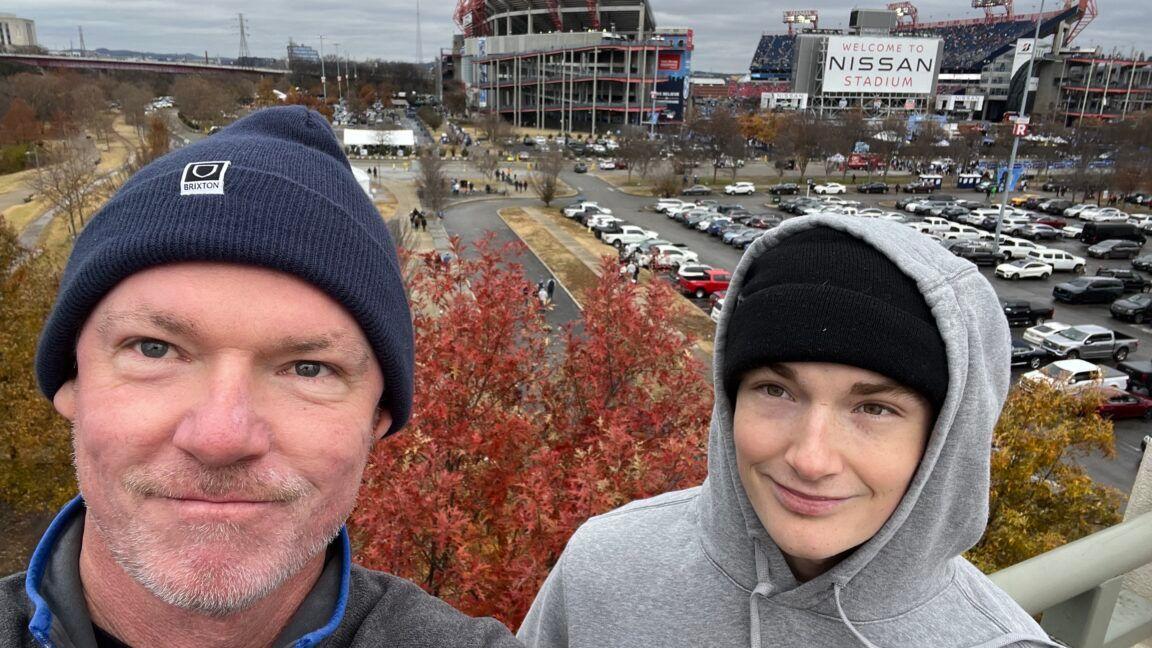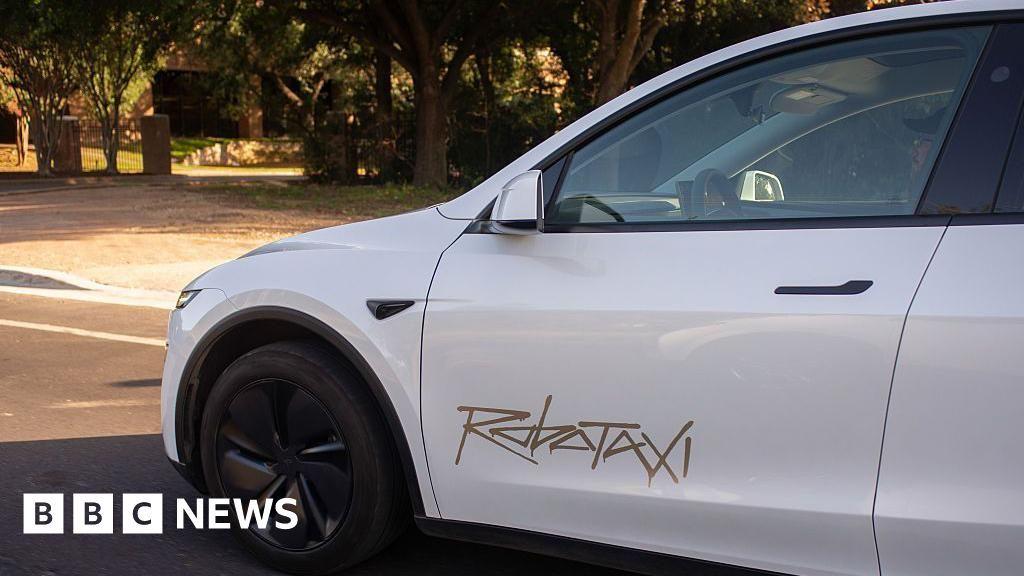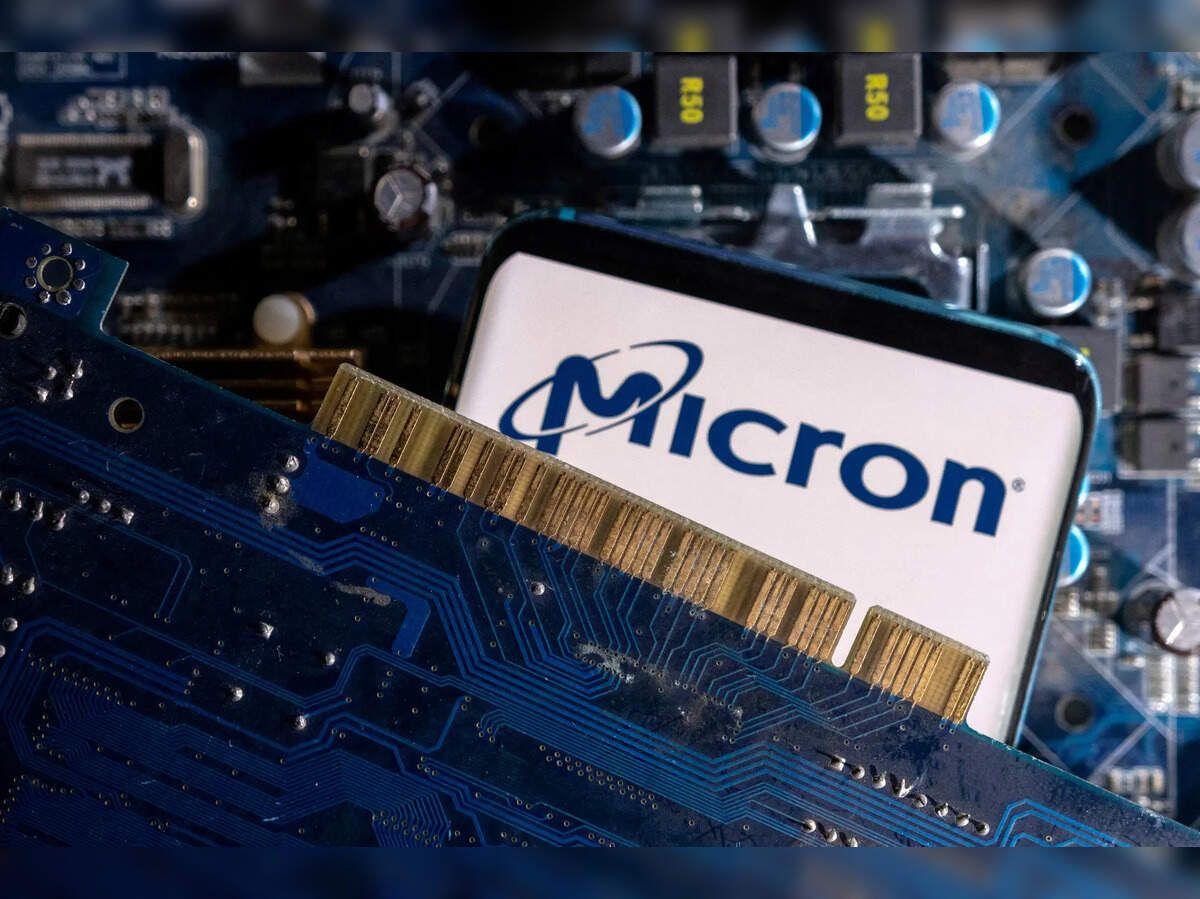Tesla's Self-Driving Feature Leads Tech CEO onto Train Tracks, Raising Safety Concerns
2 Sources
2 Sources
[1]
CEO ran red light after self-driving Tesla put him in path of train
A Silicon Valley tech executive is thankful to be alive after his self-driving Tesla led him onto the tracks of a light rail service -- forcing him to run a red light to avoid getting rammed by an oncoming train, he said. Jesse Lyu, the founder and CEO of artificial intelligence startup Rabbit Inc, posted dashcam footage on social media on Thursday showing how the self-driving software steered his Tesla onto the tracks of the Metro E Line, which connects Santa Monica to downtown Los Angeles. The clip begins with Lyu's Tesla standing at a red light. Once the light turns green, Lyu's Tesla, which is being operated by the company's Full Self-Driving semi-autonomous software system, turns left onto Colorado Avenue at the intersection. Instead of merging into the proper lane, however, the car is led onto the street-grade light rail tracks that divide the roadway. The tracks are walled off from the roadway by a low concrete barrier, so Lyu wasn't able to simply move over into the next lane. To make matters worse, there was a train which was stopped about a block behind his car. "It's just f****** crazy," he said in the video. "I've got nowhere to go. And, you can tell from behind...the train's right here." Lyu told SFGATE that he was "literally shaking." That's when he turned off the Autopilot feature and ran the red light at the next intersection in order to get out of the train's path. Lyu posted the dashcam footage to his X account, where it has generated more than 747,000 views as of Monday. In the X post, he tagged Tesla CEO Elon Musk and urged the company to "fix it and make improvements". "I was shaking and had to ran (sic) a red light to save my life," he added. In October, the federal agency responsible for regulating auto safety launched an investigation into 2.4 million Teslas equipped with FSD software after four reported collisions, including a 2023 fatal crash. The new scrutiny of the advanced driver assistance system comes as Musk looks to shift Tesla's focus to self-driving technology and robotaxis as it faces growing competition and weak demand in its auto business. Tesla's main competition in the self-driving category includes Alphabet-owned Waymo, Amazon's Zoox and General Motors' Cruise. While Tesla relies on the use of cameras and artificial intelligence technology to translate the images into driving decisions, the other firms incorporate systems and sensors such as radar, lidar and sophisticated mapping to ensure safety and win regulatory approval for their driverless vehicles. Industry experts and engineers have said that Tesla's systems are cheaper but more flawed since they struggle with "edge cases" -- or rare driving scenarios that self-driving systems and their human handlers have difficulty anticipating. The Post has sought comment from Tesla.
[2]
Tech CEO ran red light 'to save my life' after self-driving Tesla put...
A Silicon Valley tech executive is thankful to be alive after his self-driving Tesla led him onto the tracks of a light rail service -- forcing him to run a red light to avoid getting rammed by an oncoming train, he said. Jesse Lyu, the founder and CEO of artificial intelligence startup Rabbit Inc, posted dashcam footage on social media on Thursday showing how the self-driving software steered his Tesla onto the tracks of the Metro E Line, which connects Santa Monica to downtown Los Angeles. The clip begins with Lyu's Tesla standing at a red light. Once the light turns green, Lyu's Tesla, which is being operated by the company's Full Self-Driving semi-autonomous software system, turns left onto Colorado Avenue at the intersection. Instead of merging into the proper lane, however, the car is led onto the street-grade light rail tracks that divide the roadway. The tracks are walled off from the roadway by a low concrete barrier, so Lyu wasn't able to simply move over into the next lane. To make matters worse, there was a train which was stopped about a block behind his car. "It's just f-king crazy," he said in the video. "I've got nowhere to go. And, you can tell from behind...the train's right here." Lyu told SFGATE that he was "literally shaking." That's when he turned off the Autopilot feature and ran the red light at the next intersection in order to get out of the train's path. Lyu posted the dashcam footage to his X account, where it has generated more than 747,000 views as of Monday. In the X post, he tagged Tesla CEO Elon Musk and urged the comkpany to "fix it and make improvements." "I was shaking and had to ran (sic) a red light to save my life," he added. In October, the federal agency responsible for regulating auto safety launched an investigation into 2.4 million Tesla's equipped with FSD software after four reported collisions, including a 2023 fatal crash. The new scrutiny of the advanced driver assistance system comes as Musk looks to shift Tesla's focus to self-driving technology and robotaxis as it faces growing competition and weak demand in its auto business. Tesla's main competition in the self-driving category includes Alphabet-owned Waymo, Amazon's Zoox and General Motors' Cruise. While Tesla relies on the use of cameras and artificial intelligence technology to translate the images into driving decisions, the other firms incorporate systems and sensors such as radar, lidar and sophisticated mapping to ensure safety and win regulatory approval for their driverless vehicles. Industry experts and engineers have said that Tesla's systems are cheaper but more flawed since they struggle with "edge cases" -- or rare driving scenarios that self-driving systems and their human handlers have difficulty anticipating.
Share
Share
Copy Link
A Silicon Valley CEO narrowly escapes a dangerous situation when Tesla's Full Self-Driving software steers his car onto train tracks, forcing him to run a red light to avoid an oncoming train.

Tesla's Self-Driving Software Leads to Dangerous Incident
In a startling incident that has raised concerns about the safety of autonomous driving technology, Jesse Lyu, the founder and CEO of AI startup Rabbit Inc, found himself in a life-threatening situation when his Tesla's Full Self-Driving (FSD) software steered him onto train tracks in Los Angeles
1
.The Incident
Lyu shared dashcam footage on social media showing his Tesla, operating on FSD, making a left turn onto Colorado Avenue and erroneously merging onto the Metro E Line tracks instead of the proper lane. The tracks, separated from the roadway by a low concrete barrier, left Lyu with no easy escape route. To compound the danger, a train was stopped about a block behind his car
2
.Narrow Escape
Faced with the imminent threat of an oncoming train, Lyu was forced to take manual control of the vehicle. He turned off the Autopilot feature and ran a red light at the next intersection to escape the dangerous situation. "I was shaking and had to ran (sic) a red light to save my life," Lyu stated in his social media post, which has since garnered over 747,000 views
1
.Regulatory Scrutiny
This incident comes at a time of increased scrutiny for Tesla's autonomous driving technology. In October, the National Highway Traffic Safety Administration (NHTSA) launched an investigation into 2.4 million Teslas equipped with FSD software following four reported collisions, including a fatal crash in 2023
2
.Related Stories
Industry Competition and Technology Differences
As Tesla faces growing competition in the self-driving market from companies like Waymo (Alphabet), Zoox (Amazon), and Cruise (General Motors), the incident highlights key differences in approach to autonomous driving technology:
- Tesla relies primarily on cameras and AI to interpret images for driving decisions.
- Competitors incorporate additional systems like radar, lidar, and sophisticated mapping
1
.
Industry experts suggest that while Tesla's approach may be more cost-effective, it struggles with "edge cases" - rare driving scenarios that are difficult for both AI systems and human drivers to anticipate and handle safely
2
.Implications for Tesla and the Autonomous Driving Industry
This incident raises important questions about the readiness of self-driving technology for widespread adoption and the potential risks associated with its current implementation. As Tesla shifts its focus towards self-driving technology and robotaxis amid growing competition and weak demand in its auto business, incidents like these may impact public trust and regulatory attitudes towards autonomous vehicles
1
2
.Lyu's experience serves as a stark reminder of the challenges facing the autonomous driving industry and the critical importance of rigorous testing and fail-safe mechanisms in AI-driven transportation systems.
References
Summarized by
Navi
Related Stories
Weekly Highlights
1
Google TPUs Challenge Nvidia's AI Chip Dominance as Meta Explores Billion-Dollar Switch
Business and Economy

2
OpenAI and Jony Ive Reveal First Hardware Prototype for Screenless AI Device
Technology

3
OpenAI Faces Legal Battle Over Teen Suicide Cases, Blames Users for Violating Terms of Service
Policy and Regulation








